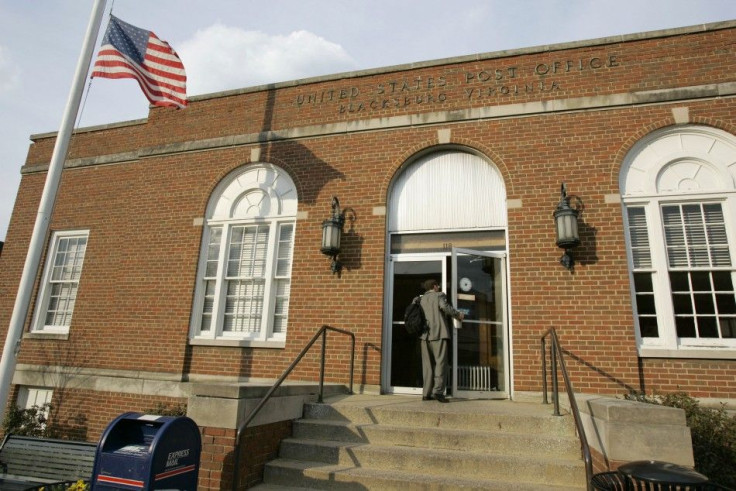USPS May Close 252 More Facilities, Cutting 35,000 Jobs

The U.S. Postal Service has named 252 more mail processing facilities that may close because of budget cuts, less than two months after it released an initial list of nearly 3,700 at-risk post offices.
Megan Brennan, the agency's chief operating officer, told ABC News that the closures would eliminate 35,000 jobs, but that it would be done not through layoffs, but through forced retirements for employees who are already eligible to retire.
Every mail processing employee will be touched by these changes, and we know the change is unsettling, Brennan told ABC News. We will make every effort to accommodate employees to the extent practical. We have never laid anyone off.
The new list is the latest evidence of how dire the Postal Service's budget crisis has become. The agency may default on a $5.5 billion payment to the U.S. Treasury as soon as Sept. 30, and with a $9 billion deficit, it would not be out of the question for the entire USPS system to shut down by the end of 2011.
Officials want to cut the agency's costs by 30 percent, or $20 billion, over the next five years, and they have suggested various ways to do so. One proposal was to stop delivering mail on Saturdays, but the idea is very unpopular, especially among people who live in rural areas. A more politically palatable idea was increasing the cost of a first-class stamp, which is currently 44 cents, but the revenue gained from that would be a drop in the bucket.
It is no exaggeration to say that we are radically realigning the way that we process mail, the way that we deliver mail and the way that we operate our retail network, Postmaster General Patrick Donahoe said at a press briefing on Thursday.
Emergency congressional access could save the Postal Service, but officials can't count on speedy action, considering the partisan gridlock that has consumed Congress whenever it has tried to take up budgetary issues in recent months. Legislators may, however, extend the Sept. 30 deadline for the $5.5 billion payment to the Treasury, which would buy the agency a little more time.
© Copyright IBTimes 2024. All rights reserved.











